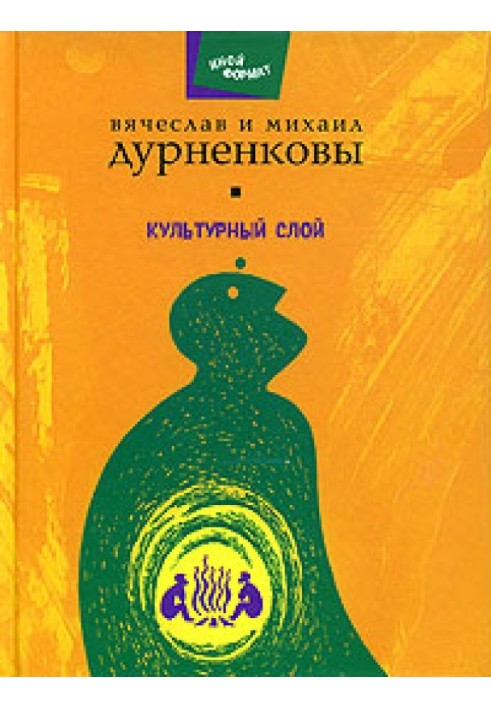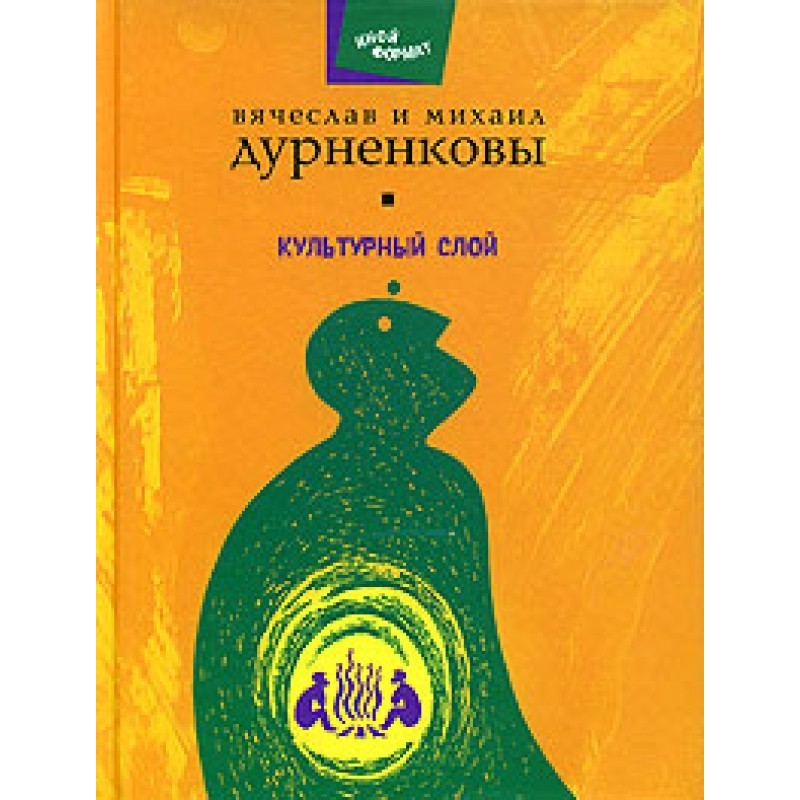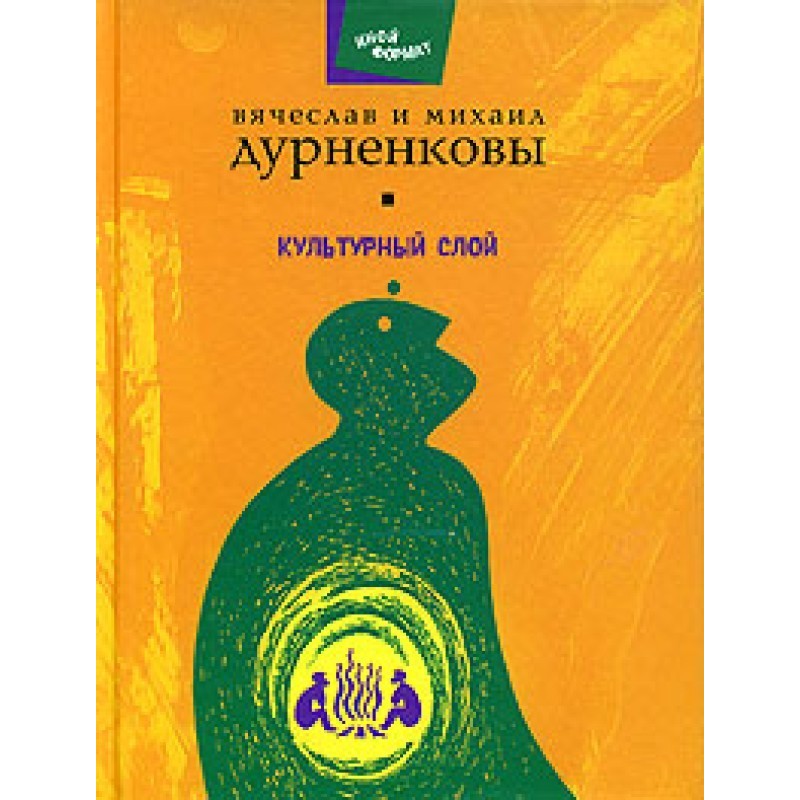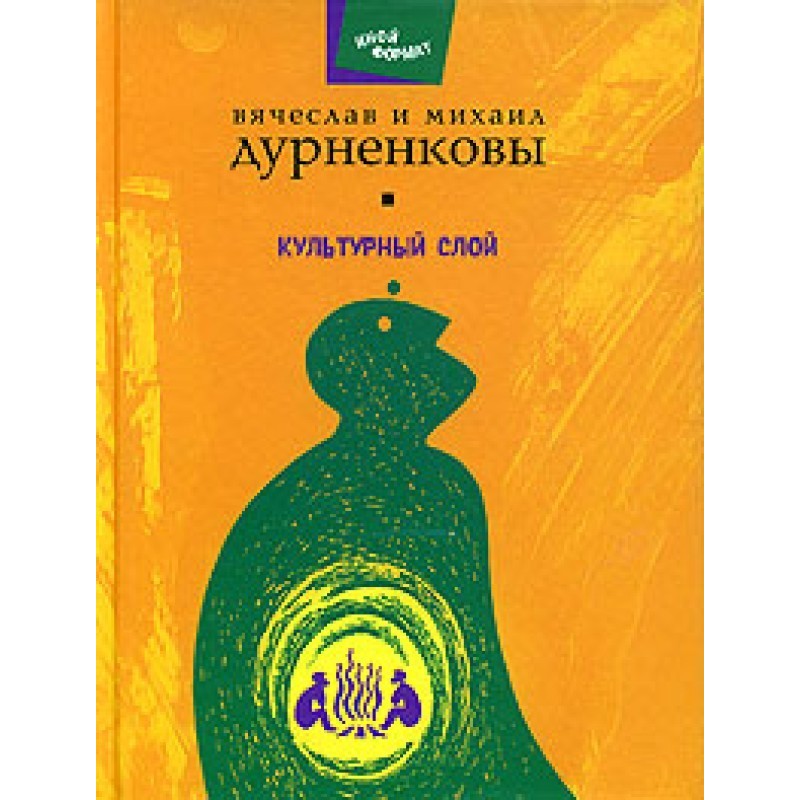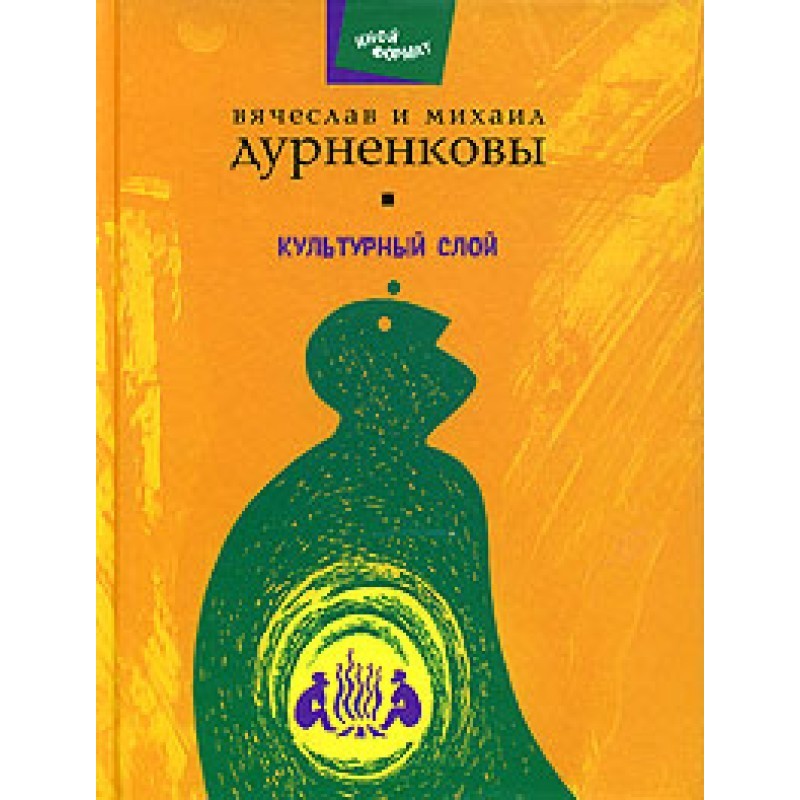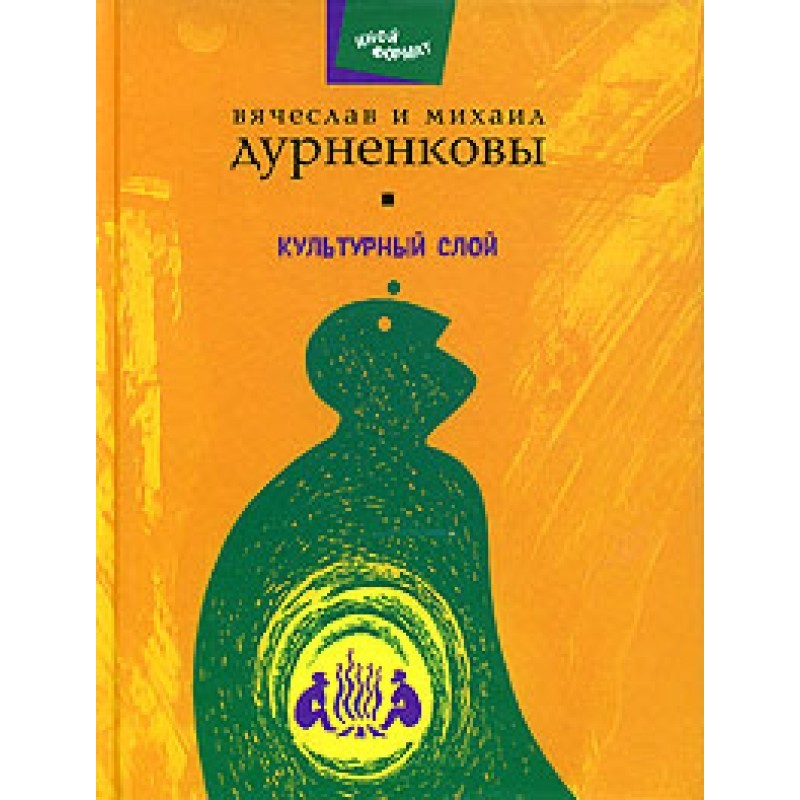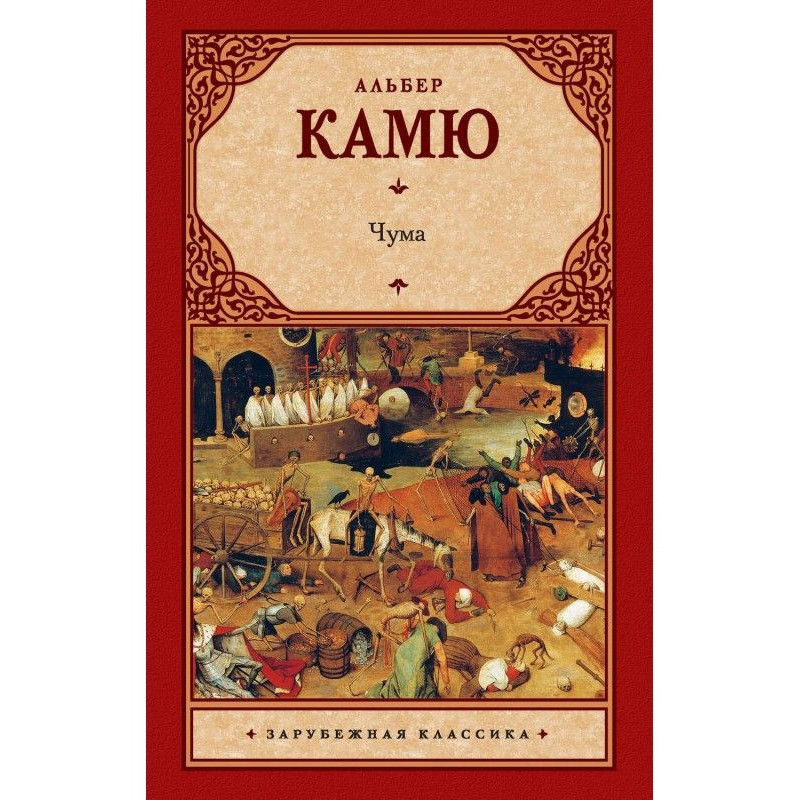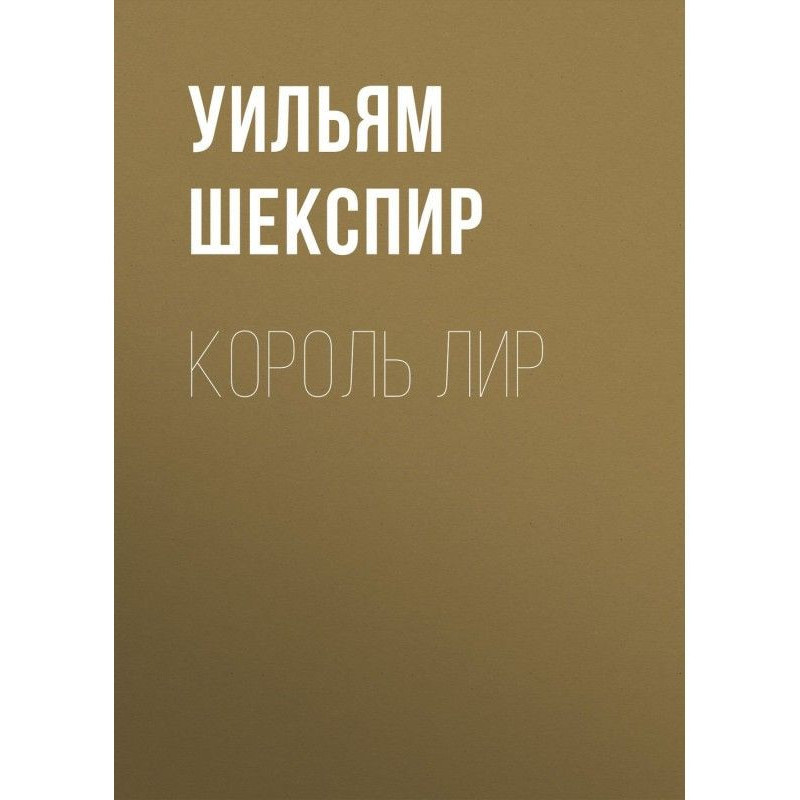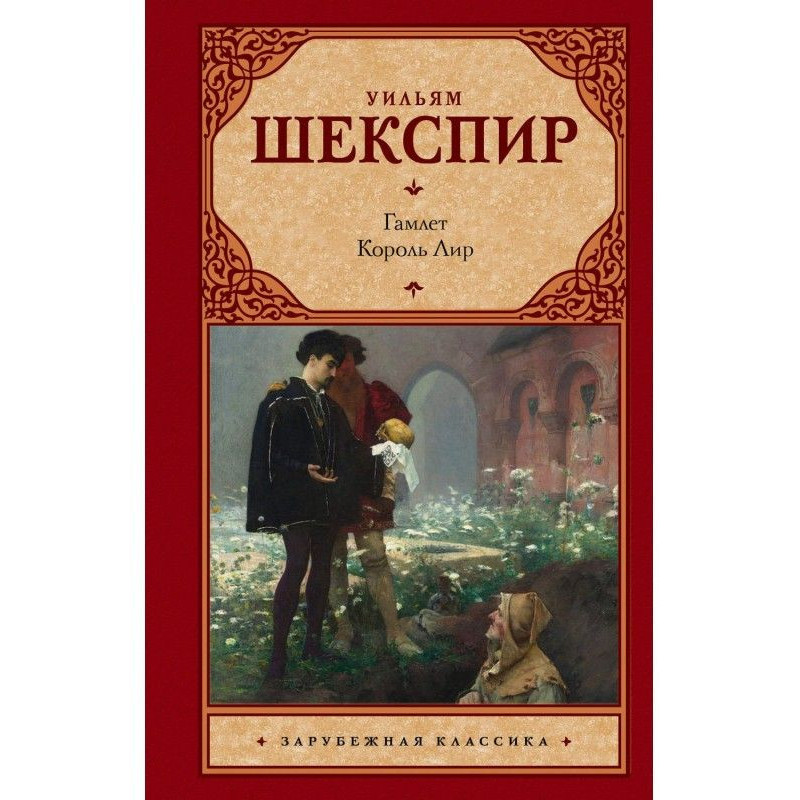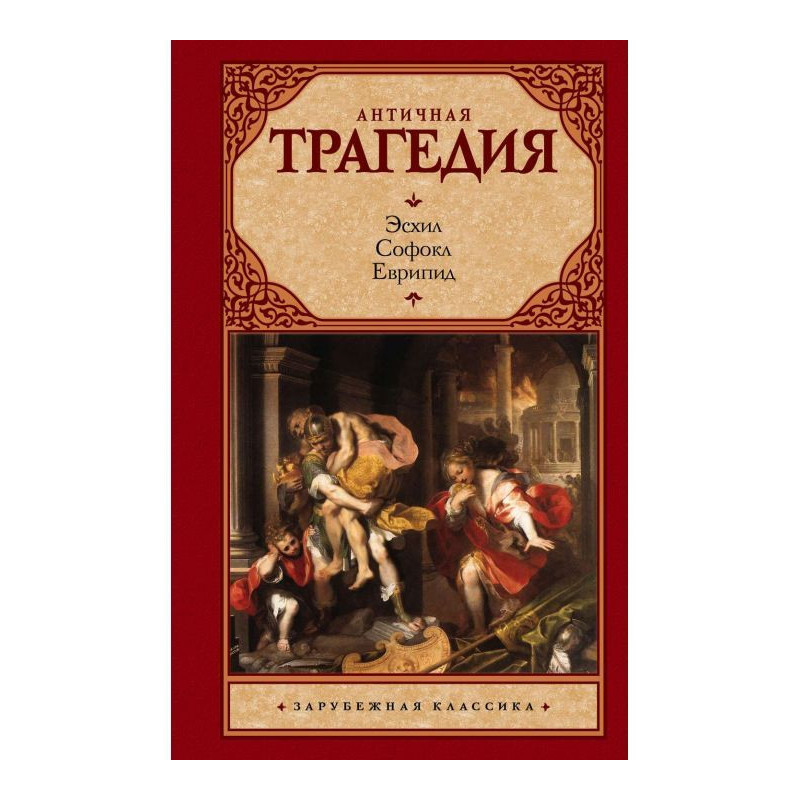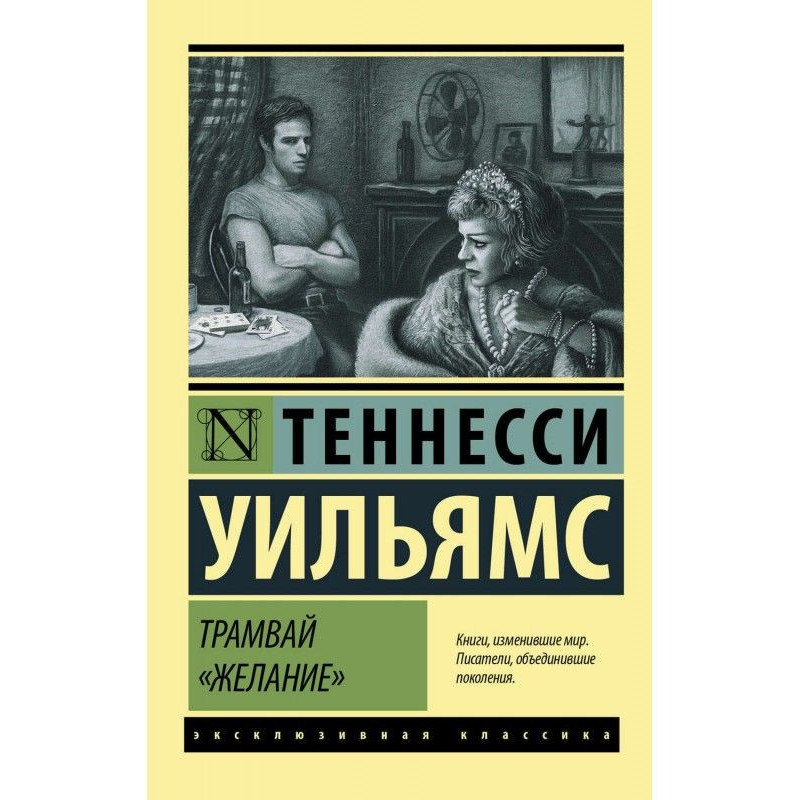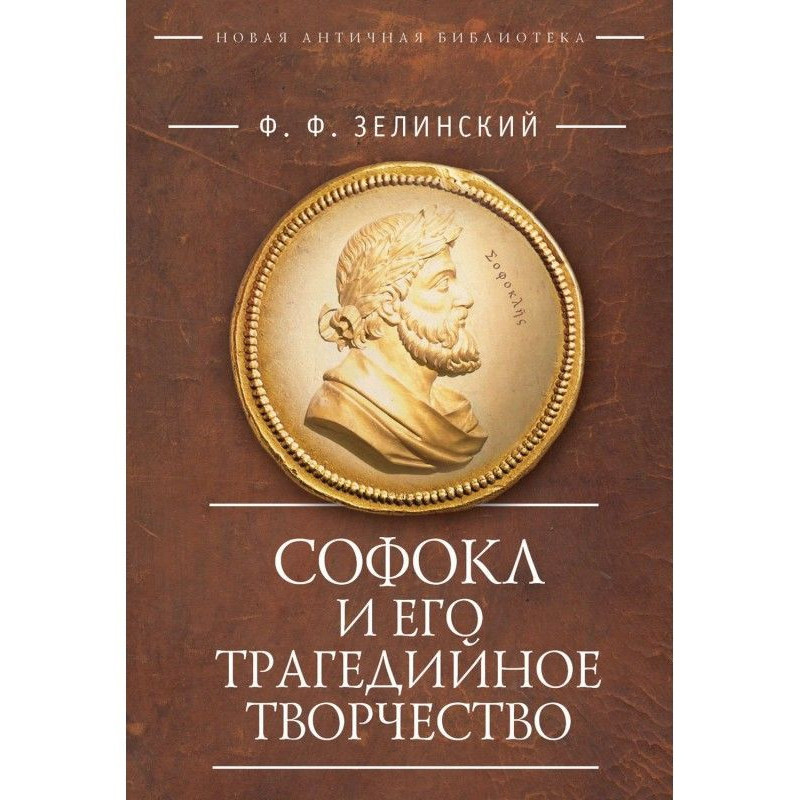Three acts based on four scenes
 Instant download
Instant download
after payment (24/7)
 Wide range of formats
Wide range of formats
(for all gadgets)
 Full book
Full book
(including for Apple and Android)
Vyacheslav Durnenkov’s play “Three Acts in Four Pictures” (2003) unfolds a metaphor for the tragedy of the artist’s creative impotence. The plot, based on four animated paintings by the Samara artist Brashinsky, allegedly close to the Wanderers, is united by the hero of the play, Nikolai, a young St. Petersburg writer. He is deeply dissatisfied with what comes out of his pen, so in the end he leaves the capital. Arkady, his friend and critic, organizes a “very anarchic-looking” gathering at his apartment, in the manner of gatherings of either the nihilists of the 1860s or the socialists of the 1890s... So, galloping through eras, demonstrating that “now” (what happens in the play) means “always” (happened in different eras and continues today), Durnenkov inscribes the motif of art as terror into his eternal plot of disaster. In Durnenkov’s dramaturgy, everything that happened yesterday is happening now, and everything that is happening now already happened yesterday. Everything that happened and is happening is the most likely scenario for the future, but knowledge about it is still inaccessible and remains in the dark.
Data sheet
- Name of the Author
- Вячеслав Дурненков Евгеньевич
- Language
- Russian

